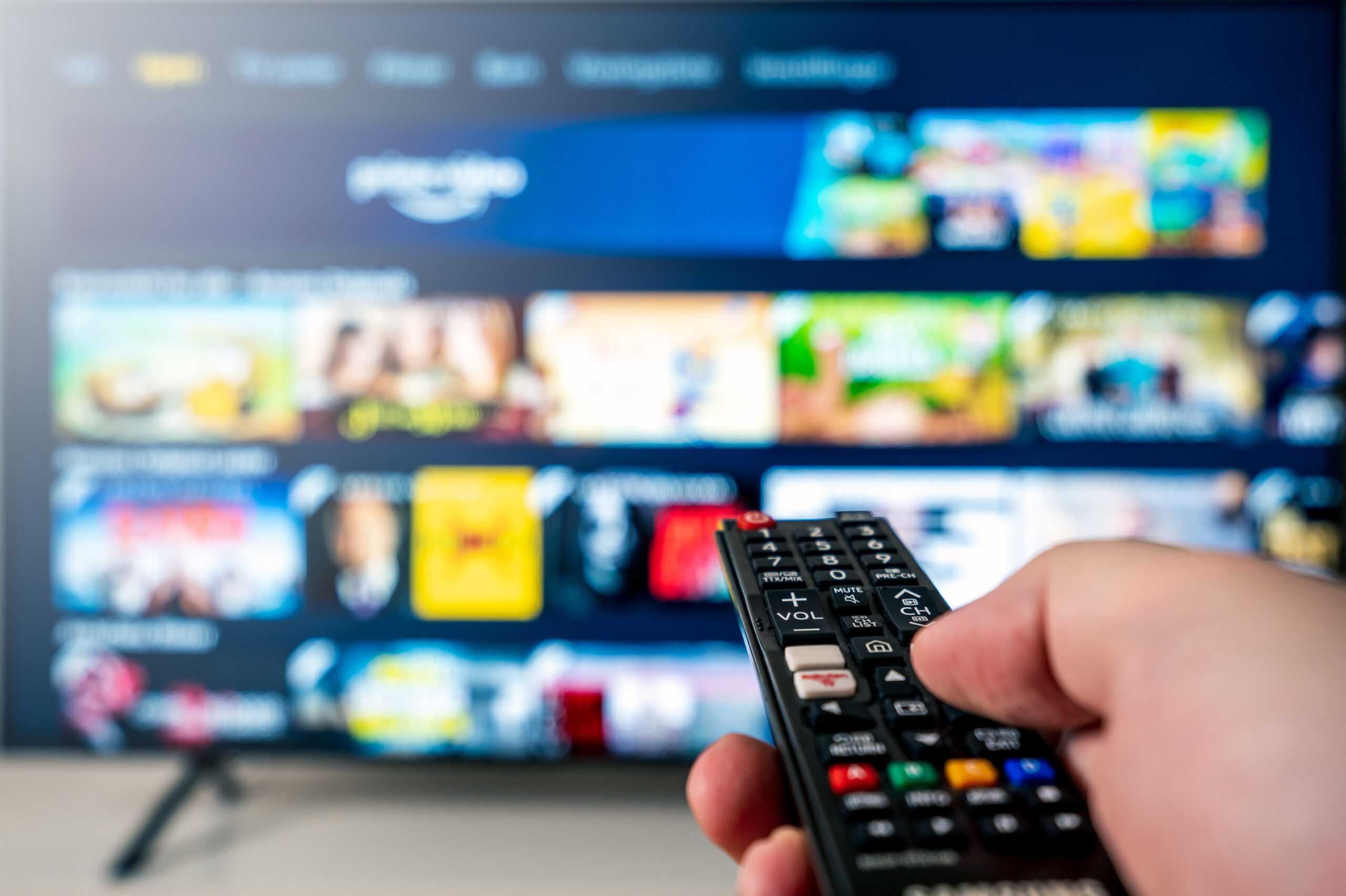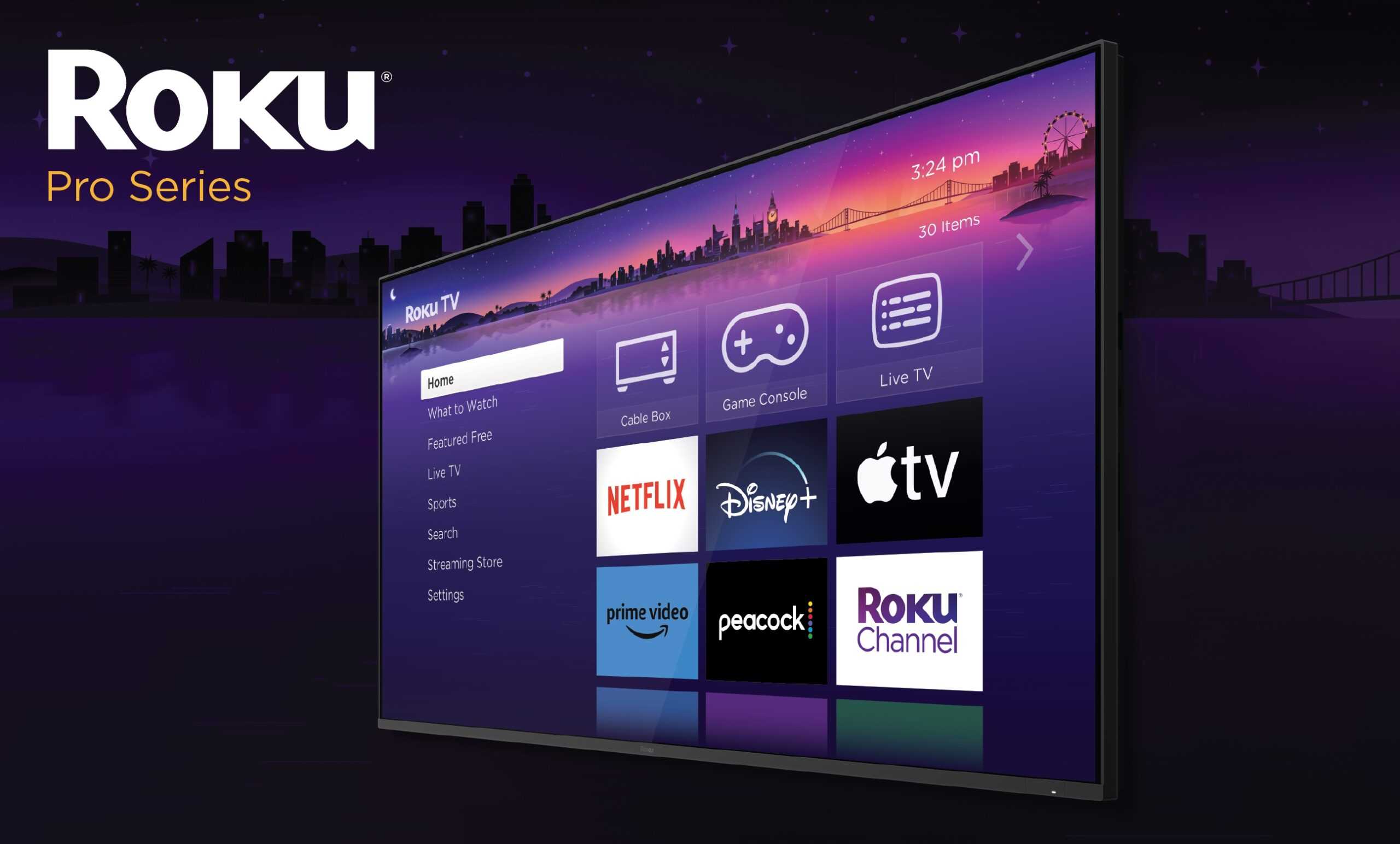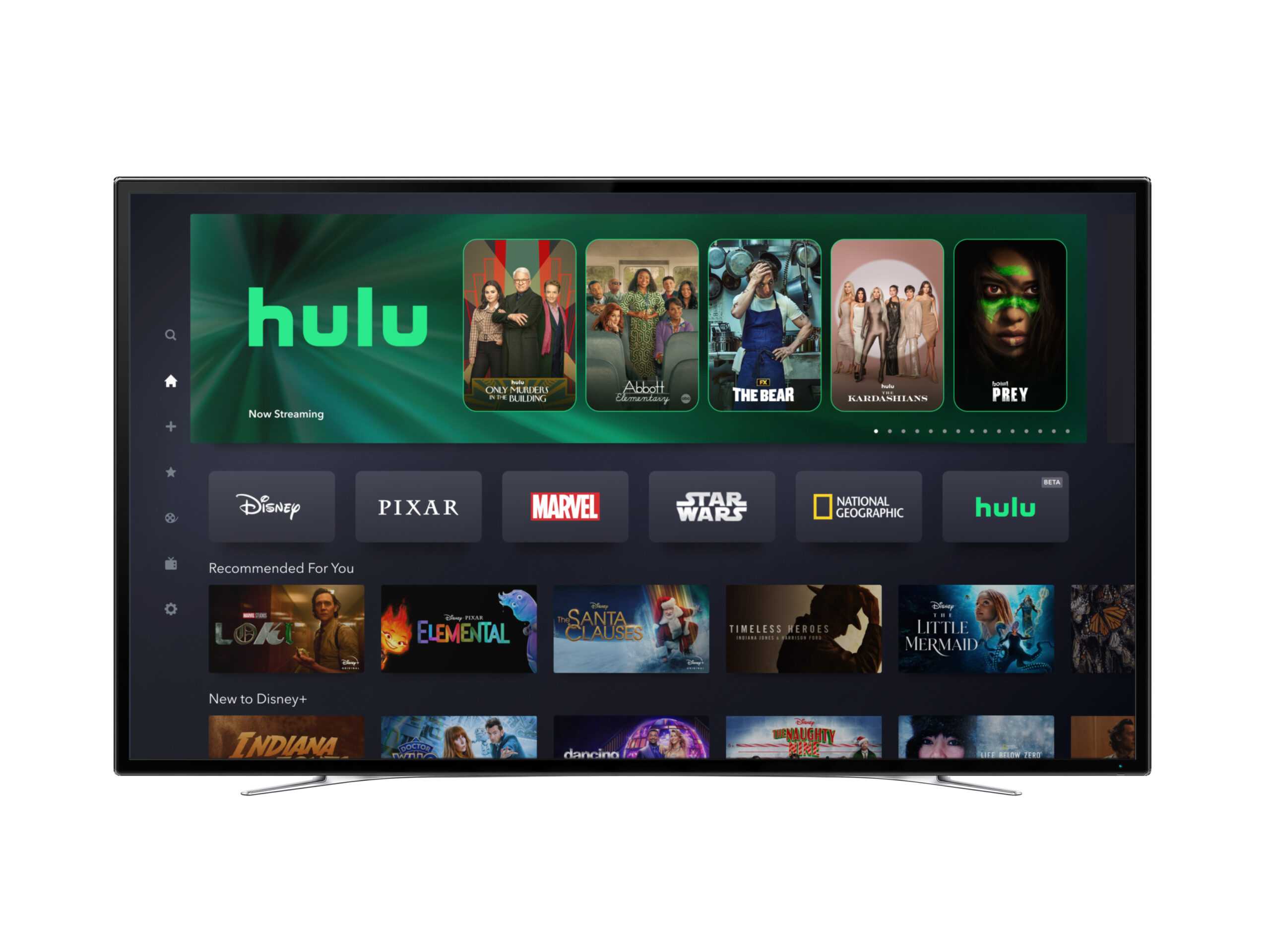Free ad-supported television (FAST) services are gaining in popularity and seeing increased engagement and advertising spending. The number of FAST services has been growing rapidly as engagement with FAST channels has increased. A recent Variety report noted that over 1,400 individual FAST channels are now available in the US, a number that has increased by over 16% since January alone. This proliferation has been fueled in no small part by the large-scale shift of ad dollars into the CTV space. Per the IAB, CTV ad spend has more than doubled in the past two years and is expected to top $20 billion in 2022.
For providers, FAST services are relatively inexpensive to set up and operate and have broad distribution potential through any number of internet-connected devices. As a result, leading media companies, device manufacturers, and technology providers are all doubling down on the sector. From a content owner’s perspective, FAST channels present additional ways to monetize content – especially older, catalogue content – against increasingly specialist audiences. The multi-niche capabilities of FAST – supported by powerful ad-targeting tools – has driven growth in the number of single show/IP channels and has encouraged many less traditional content owners to consider launching their own channels.
News and sports – two content powerhouses of traditional linear TV – have been seeing significant growth in the FAST space. Earlier this year, FIFA launched its own FAST service, FIFA+. Fox Entertainment’s Tubi has also launched a FIFA World Cup FAST service ahead of the 2022 World Cup in Qatar, and Major League Baseball has launched a FAST service in Europe in their efforts to grow the league in the region.
From a consumer perspective, FASTs present a lower barrier to entry with no cost and widespread availability. The linear feeds, autoplay content, and familiar EPG style interfaces of FAST services also provide much needed assistance with content discovery, offering a partial solution to the paralysis of choice that the SVOD era has helped propagate. A report from Barclays Group shows that while engagement with individual FAST channels is relatively small compared to premium streaming subscription services, the combined total hours spent watching leading FAST services surpasses the hours spent on individual top-tier SVOD services like Amazon Prime and Disney+.
The consumer ad-experience in FAST also compares favorably to traditional linear, with generally lighter ad-loads and more targeted and relevant advertising. Interpret’s VideoWatch data shows that FAST viewers are more tolerant of advertising overall, and they are more likely to enjoy ads that are interactive.
It remains to be seen whether advertiser uncertainty in the current economic climate will impact the flow of ad dollars into FAST – or whether the roll-out of ad-supported tiers at premium SVOD providers like Disney+ and Netflix later this year will further commoditize this already cluttered corner of the CTV marketplace. For now, at least, FAST has captured the industry’s attention.
Ready to level up your career? Check out Interpret’s Careers page for current openings and join our squad of Fun Scientists!







